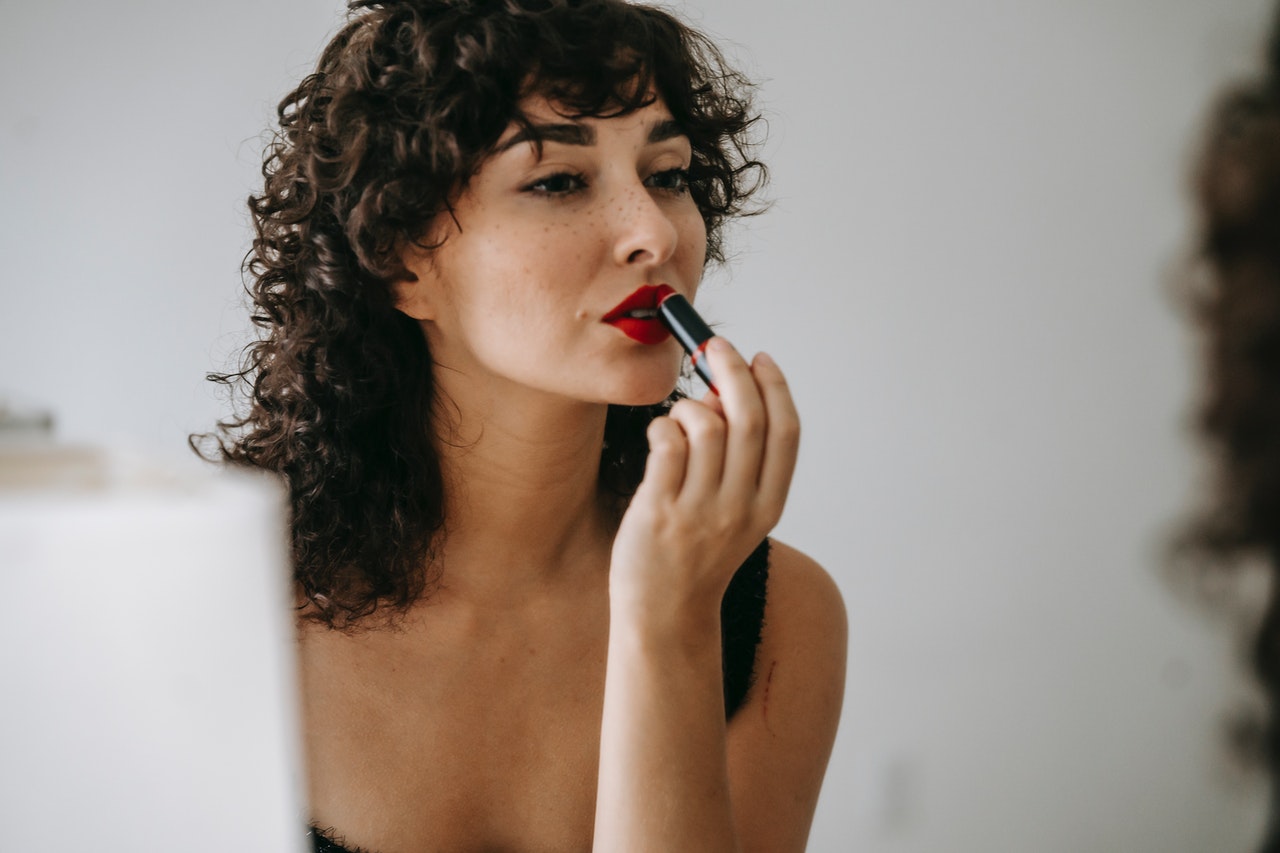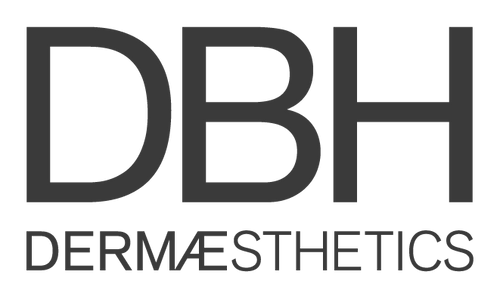Treat Hyperpigmentation from Sun Spots and Age Spots

Hyperpigmentation is a common skin condition that causes patches of skin to become darker than the surrounding areas. This darkening can be caused by a variety of factors, including sun exposure, inflammation, and age. One of the most common types of hyperpigmentation is called "sunspots" or "age spots." These are small, darkened patches that typically form on the face, hands, and arms.
Sunspots and age spots are caused by an excess of melanin, which is the pigment that gives skin its color. When too much melanin accumulates in one area, it can cause the skin to appear darker than normal. Sunspots and age spots are usually harmless, but they can be unattractive and cause significant distress in the person affected by them.
Sunspots and age spots are very common in older adults, but they can also affect young people who spend a lot of time outdoors or have naturally dark skin. As you get older, your risk of skin cancer increases and this might cause doctors to consider the possibility that a spot is cancerous. If you notice any changes to your skin such as new spots or discoloration, it's important to see a dermatologist for an accurate diagnosis and appropriate treatment.
Hyperpigmentation as a result of sun exposure. It's important to remember that the best way to avoid hyperpigmentation is to protect your skin from the sun by using sunscreen and wearing protective clothing.
Most sunspots and age spots can be treated with over-the-counter products or home remedies. However, if they are persistent or bothersome, you may need to see an esthetician for treatment.
The start of age spots can be avoided with proper sunscreen application. Sunscreen should be applied twice daily to the face, arms, hands, and any other exposed areas. The best type of sunscreen to use is one that has an SPF rating of 15 or higher. When applying sunscreen it is important to thoroughly cover all exposed areas, including around the eyes. It takes about 15 minutes for the sunscreen to fully protect the skin from the harmful rays of the sun. In order for this protection to take place, it must be applied before going out into the sunlight for any length of time.
There are a few different ways to treat sun spots and age spots:
- Apply a topical cream. There are many over-the-counter products that can help lighten sun spots and age spots. Examples include creams with ingredients such as licorice extract, arbutin, and vitamin C. Talk to your esthetician to find out which product is best for you.
- Use chemical peels. Chemical peels are a popular way to treat sunspots and age spots. They work by removing the top layer of skin, which reveals brighter, younger-looking skin underneath. Most chemical peels require a series of treatments in order to be effective. The number of treatments you need will depend on the severity of your sun spots or age spots. After your peel, you will need to use sunscreen every day to protect your newly exposed skin from the sun's rays. This is very important, as unprotected skin can burn and damage easily. Chemical peels can be a great way to remove sun spots or age spots from your skin. They are a quick, easy, and affordable way to achieve younger-looking skin. If you are interested in trying a chemical peel, talk to your esthetician about which peel would be best for you. Be sure to follow their instructions carefully for the best results.
- Use laser therapy. This treatment uses lasers to target the melanin in the skin and break it down. Laser treatments may be able to reduce the size and appearance of sunspots or age spots. It can take several treatments to see. This type of treatment is typically done in a doctor’s office, and it can be expensive. Most laser treatments require a series of sessions, typically two to three sessions, to achieve optimal results. The number of sessions needed will also depend on the severity. You may experience some minor discomfort during the laser treatment sessions, but this is usually mild and temporary. Following the treatment sessions, your skin will have some discoloration. Your skin may also be slightly swollen after treatment, but this is very temporary. During the recovery period, you should avoid any strenuous exercise or activities that could cause heavy sweating. You should also wear sunscreen to protect your skin while it heals.
Speak to one of our knowledgeable estheticians for free to learn more about the best treatment option for you. Schedule Consult.



